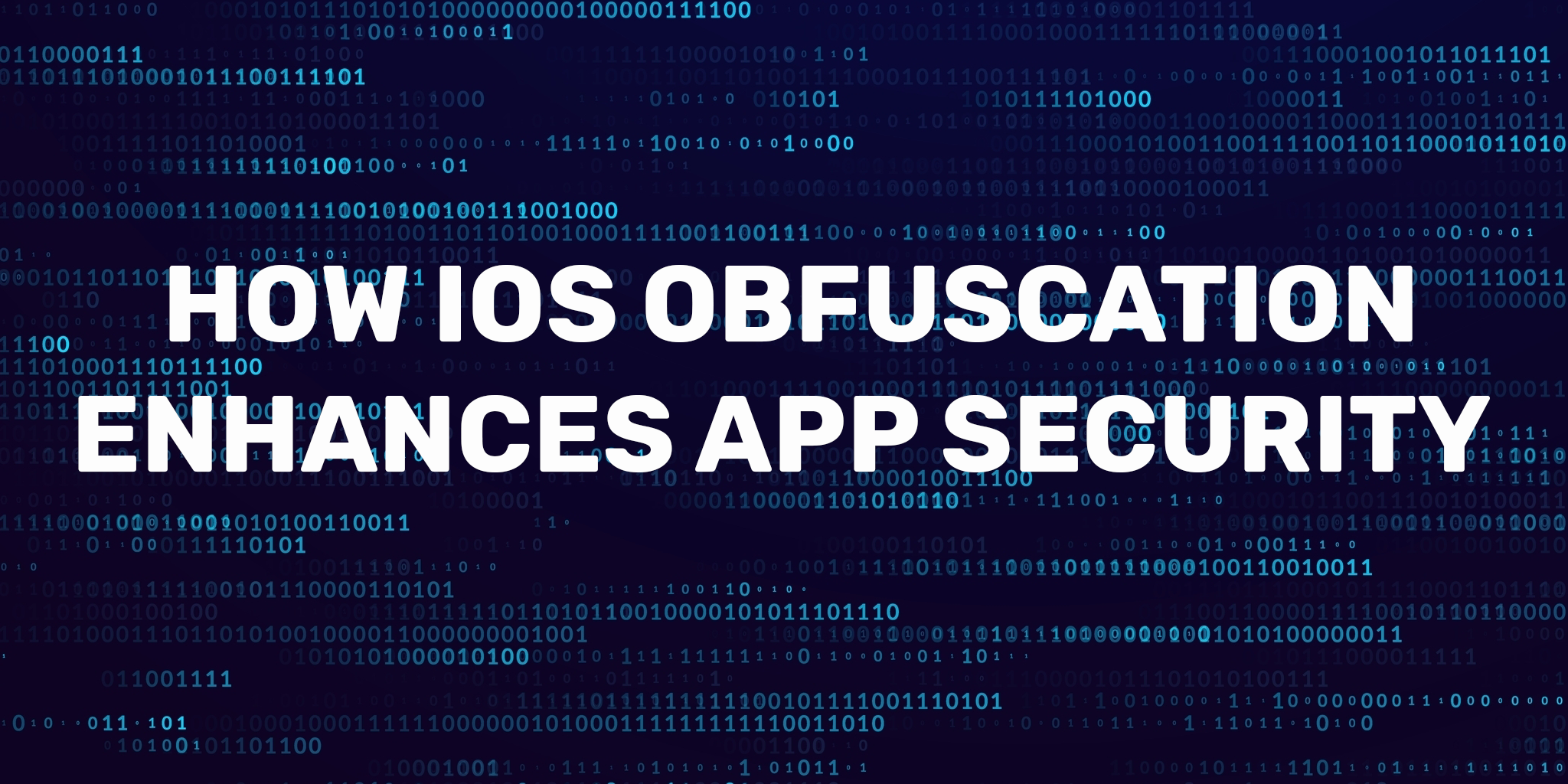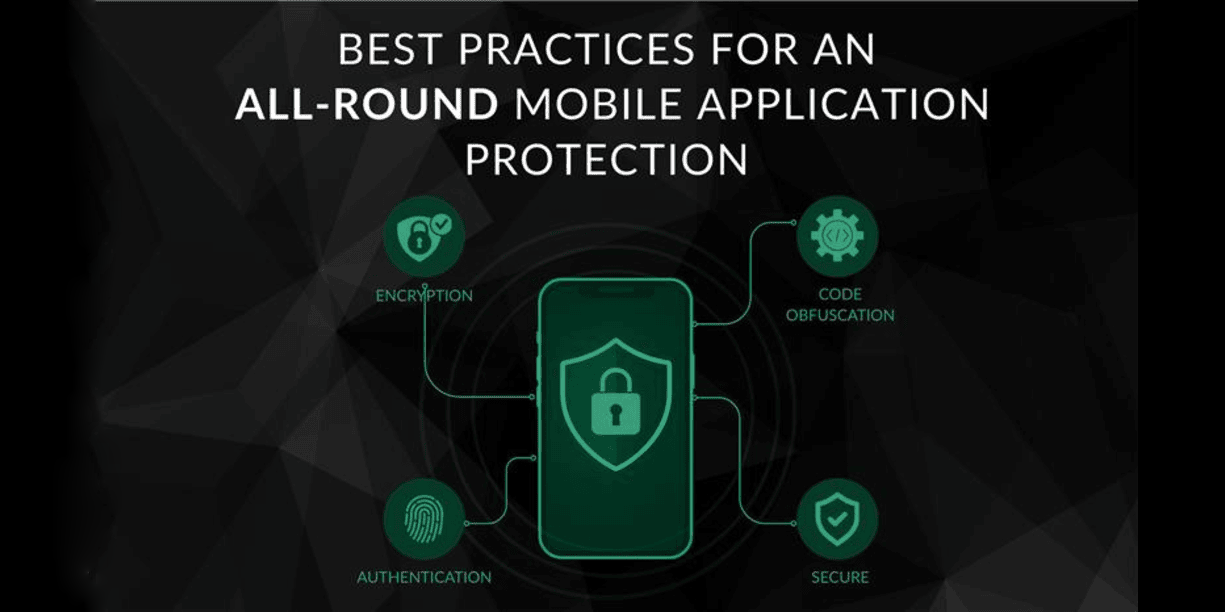Hacking and reserve engineering are frequent targets for mobile apps on both iOS and Android systems. However, a lot of people still believe that iOS apps are not as vulnerable to threats as Android apps are, and as a result, they do not require an equal level of security. By developing iOS, a lot of developers prioritize the user experience and user interface before racing to get the app up on the App Store, sometimes forgetting about security.
The following article will discuss the reasons code obfuscation is necessary for iOS, the benefits of applying obfuscation techniques, and additional steps you can do to improve the security of your iOS.
The requirement for obfuscation in iOS apps
Cybercriminals using mobile applications are always coming up with innovative and inventive techniques for reversing programs to locate flaws and secrets and obtain private data. The two most popular programming languages for iOS apps are Objective-C and Swift. Because both are turned into machine code, it’s more challenging to convert the code into the source code. This has led to the false belief that iOS are difficult to reverse engineer.
Though years of study and experience in the subject have led to a developed technology for reversing machine code, the interest in understanding and decoding machine code isn’t new. Simplify it briefly, it wasn’t hard to reverse engineer and analyse iOS, but it’s crucial that you are aware of the risks and take the appropriate precautions to avoid them.
To avoid simple static analysis of the application, Apple encrypts the code of the apps submitted to the App Store and limits access to the apps machine code after they are download. A frequent misperception is that reverse engineering can be stopped by using Apple’s code encryption only.
The Advantages of obfuscating your iOS Apps
Utilizing obfuscation techniques, you can ensure that your iOS are difficult to reserve engineer and that the intellectual property in them is shielded from security risks, application flaws and illegal access. The difficulty of a reverse engineering attack against your iOS is greatly increased when its code is obfuscated, as its frequently costly and time-consuming to be successful. Because obfuscation allows you to; increased security against illegal access and theft of intellectual property, reduce the exposure of your app’s customer-side functional logic and algorithms, ensure data and app security and integrity, especially for sectors that handle personal data.
Techniques and Methods of Obfuscation for iOS
Code can be obfuscation in several methods, each with pros and cons of its own. A conventional compiler such as Clang, for instance, consist of three primary components: a frontend that handles the source code, an intermediate level that performs preliminary compilation, and a backend that converts the code into a format that can be executed.
The demise of intermediate-level obfuscation
Low-Level Virtual Machine (LLVM) is an illustration of this middle ground. For the past seven years, the Android Native Development Kit and Apple’s toolchain have included LLVM bit code as a standard fir app developer. It’s tools for creating compilers that can target any machine architecture and operate with any programming language.
Rescue through binary-level obfuscation
Once the app code has been compiled, binary code obfuscators operate on it. It takes the binary file or library apart, modifies it, and then puts it back together. This way, unlike many other obfuscators, it is not dependent on LLVM bit code, thus you don’t have to worry about incorporating it into your current toolchain. Therefore, the latest improvements made by Apple to Xcode’s bit code support have no effect on it. Additionally, because it isn’t dependent on any toolchain, you can use it to protect a variety of binaries, including Unity, Rust, Golang, Swift, and C/C++. This implies that you won’t have to give up security to use your preferred development tools.
Is obfuscation enough on its own?
Obfuscation is a crucial security feature that can shield apps from reverse engineering and intellectual property theft, but it’s insufficient on its own to completely shield your apps from ransomware and actual attack scenarios. For your iOS apps to be completely protected, complete code protection and extensive runtime protection are therefore necessary. Select a security solution that combines various security measures with sophisticated and potent obfuscation methods for your apps.
In addition, apps that use code obfuscation in conjunction with a multi-layered In-App Protection solution are less vulnerable to intellectual property theft and reverse engineering.






